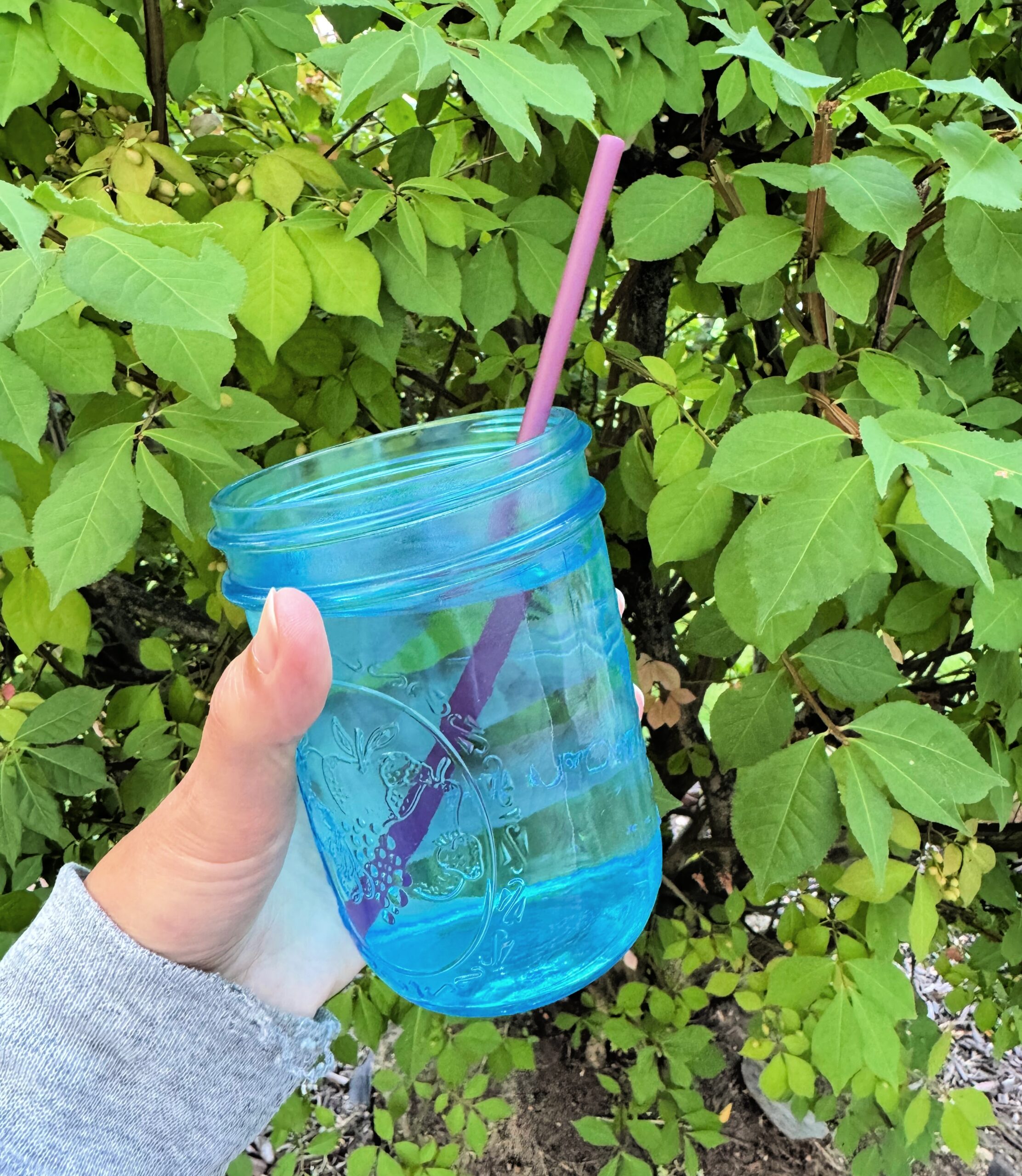Many people feel that going green is out of reach, but the truth is, eco-friendly living can be both affordable and simple. Whether you’re a busy mom juggling a hectic household or just looking to make some small changes, you don’t have to break the bank to live more sustainably. Here are some easy and budget-friendly tips to help you get started.

Start With Simple Sustainable Home Renovations
If you’re planning to make some updates around the house, you don’t need to spend a fortune to make eco-conscious choices. In fact, there are plenty of ways to incorporate sustainable home renovations that are both cost-effective and beneficial for the environment.
For instance, when upgrading your home, consider swapping out old, inefficient appliances for energy-efficient models. While this might seem like a big investment upfront, these appliances can significantly reduce your energy bill in the long run. Opting for water-saving faucets and showerheads is another inexpensive change that can lower your household’s water usage without sacrificing performance.
Incorporating sustainable materials into your home renovation is also more accessible than you think. If you’re redoing floors or cabinets, look for options like bamboo or reclaimed wood. Bamboo grows very fast, making it a highly renewable resource, and reclaimed wood gives your home a unique, eco-friendly touch. Sustainable choices like these are not only stylish and practical but also make a big difference in reducing your environmental impact.
Use Affordable Eco-Friendly Household Products
Maintaining a clean home or body doesn’t have to involve harsh chemicals or expensive, brand-name products. There are many eco-friendly companies that create products that are affordable, effective, and natural. While some companies leverage greenwashing to make you think their products are healthy, others, like SeekBamboo.com, actually make and sell options that don’t contain harsh chemicals and are good for the planet and your body.
These eco-friendly alternatives are easy to incorporate into your daily cleaning routine, saving you money while reducing your environmental footprint. Consider switching to products like bamboo-based cleaning tools, toothbrushes, and reusable paper towels. These items last longer than conventional single-use options and generate less waste.
Another easy swap is to use organic toilet paper. Traditional toilet paper is often bleached and made from virgin wood pulp, but organic alternatives are typically made from bamboo or recycled materials. Organic toilet paper is both biodegradable and sustainable, ensuring that you’re not contributing to deforestation or excessive waste. Bamboo toilet paper, in particular, is a highly renewable option that’s soft, durable, and far more eco-friendly than conventional options.
Making these simple changes can transform your home into a more sustainable space without stretching your budget. From cleaning products to personal hygiene, eco-friendly swaps are easy to integrate into your routine and often end up saving you money in the long run.
Buy in Bulk and Cut Down on Packaging Waste
Did you know you can reduce waste and save money by buying in bulk? When you purchase items in bulk, you’re not only getting a better price per unit, but you’re also cutting down on the excessive packaging that comes with individual products. This approach works especially well for pantry staples like rice, pasta, flour, and dried beans, which can be stored for a long time without going bad.
Many grocery stores and co-ops offer bulk food as well where you can bring your own reusable containers or bags. This minimizes the need for plastic packaging and gives you more control over how much you purchase, helping to reduce food waste at home. You can even extend this practice to household goods like cleaning supplies or toiletries. Many zero-waste stores now offer refills for items such as shampoo, detergent, and even hand soap.
Grow Your Own Herbs and Veggies
You don’t need a large backyard or a green thumb to start growing your own herbs and vegetables. Even small spaces like decks, balconies or window sills can support a modest herb garden. Growing your own food is not only cost-effective but also reduces the carbon footprint associated with transporting produce to grocery stores. Plus, having fresh herbs like basil, mint, or cilantro at your fingertips elevates your cooking while saving you trips to the store.
If you have a bit more space, consider growing vegetables like tomatoes, lettuce, or peppers in containers or raised beds. Many of these plants thrive in small garden spaces and can be grown organically without the use of pesticides or synthetic fertilizers. For families, gardening is also a fun and educational activity that teaches kids about where their food comes from and how to care for the environment.
Invest in High-Quality, Long-Lasting Products
While it may seem counterintuitive, investing in high-quality items upfront can actually save you money overall and reduce your environmental impact. When it comes to buying clothing, household goods, or even kitchen tools, buying cheap, poorly made products often means replacing them more frequently, which creates more waste and adds to your expenses over time.
Instead, look for durable, well-made products that will last for years. For instance, investing in stainless steel cookware or a cast-iron skillet can save you from repeatedly buying non-stick pans that wear out quickly. The same principle applies to clothing—choosing sustainable, high-quality fabrics that are built to last means you’ll spend less money replacing worn-out items.


Leave A Comment